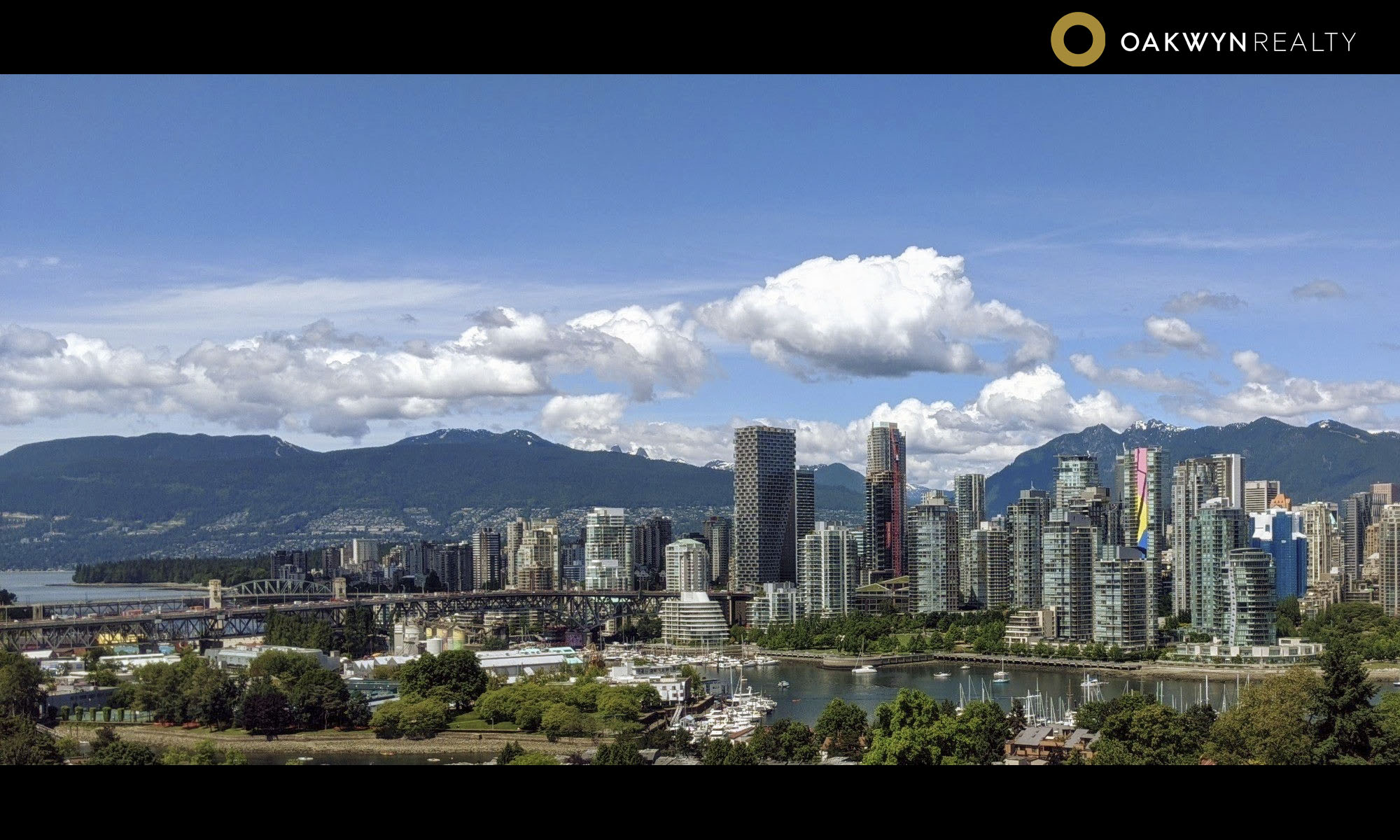- A 2015 real estate trend outlook produced by PricewaterhouseCoopers and Urban Land Institute reported that people have been moving downtown/city centres for the past few years.
- According to Statistics Canada, the population in urban centres grew 7.1% from 2006 to 2011.
This trend is due to:
- Changing demographics as young families and Generation Y (people born between 1980s and early 2000s) prefer the convenience of downtown living
- Canadians are more aware of the environmental costs associated with urban sprawl and lengthy commutes.
- Provincial regulations that protect green spaces fueled an explosion of condo developments in major city centres.
Questions raised in the report:
- What will happen when today’s urban singles and couples start to have children? Will they move out of city to find bigger homes and better schools or adapt?
- Oversupply of units in city centres of Vancouver and Toronto?
- Are these units being bought by wealthy, foreign investors who rent these out or by owner occupants?
- Effect of the expected raise of interest rates on the housing market
Predictions from the report:
- Real Estate investors and developers believed the Canadian market is strong enough to weather a bump in mortgage rates
- Economic stability in Canada and the US will continue to attract foreign capital
- Retiring baby boomers are likely to sell stock and retirement packages to buy stable, income-generating assets like real estate.
- Developers are responding to the needs of downtown dwellers by building more residential and retail space.
- Expect to see more retail and services along city cores and major transit arteries, especially near new developments. Major brands are likely to move into these new, smaller spaces.
- Calgary, Edmonton and Vancouver will see the most residential growth in 2015 fueled by more jobs created in Western Canada.
- Calgary and the Greater Toronto will see the most retail growth.
